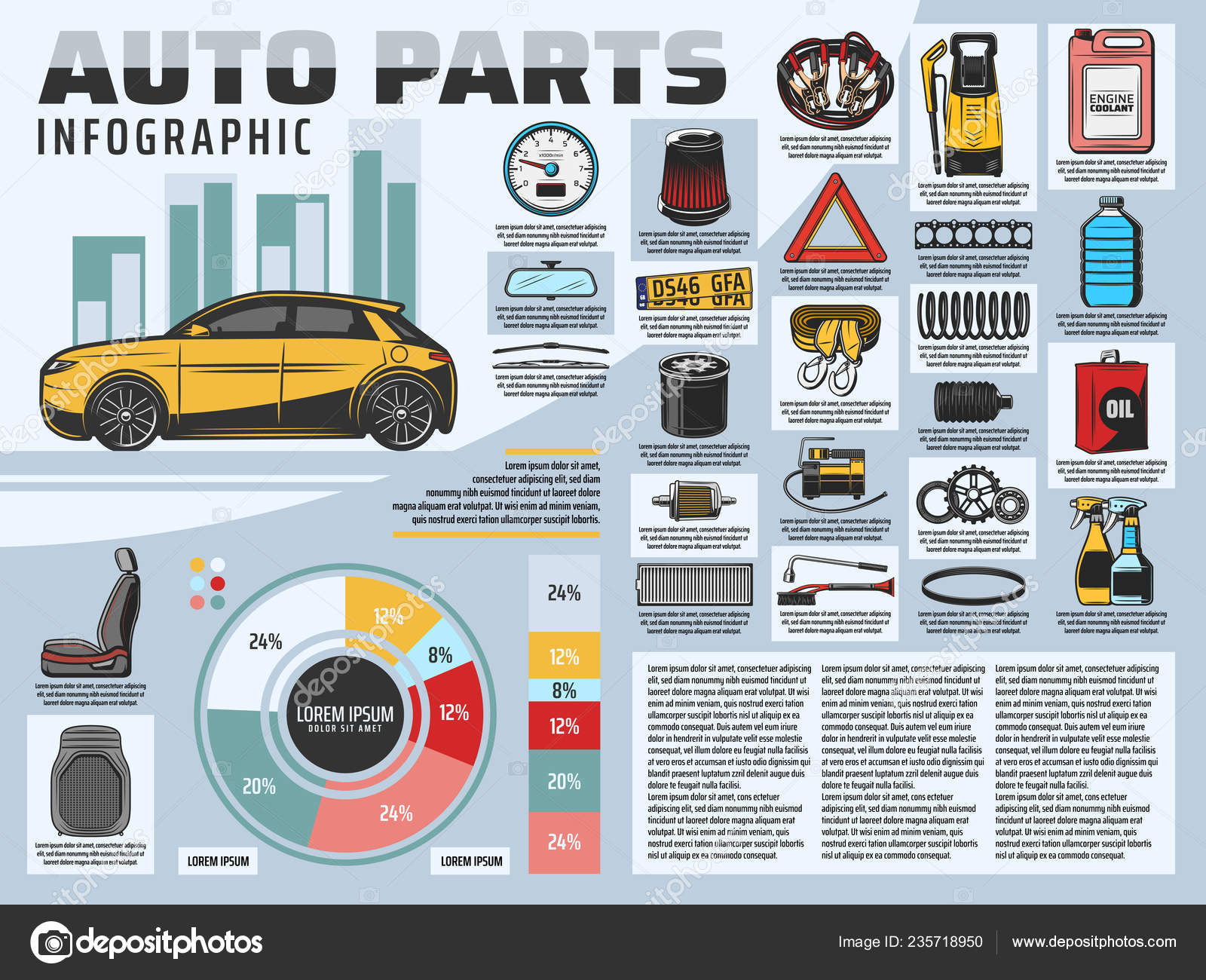Eager To Know What The Control Panel Warning Lights In Your Automobile Represent? Discover Their Definitions For The Health And Safety And Security Of Your Car
Eager To Know What The Control Panel Warning Lights In Your Automobile Represent? Discover Their Definitions For The Health And Safety And Security Of Your Car
Blog Article
Writer-Higgins Winters
When you're behind the wheel, those beautiful caution lights on your control panel can be a bit difficult. Do you recognize what they're trying to inform you concerning your auto's health? Understanding the value of these lights is important for your safety and security and the longevity of your car. So, the next time one of those lights pops up, wouldn't you intend to decipher its message accurately and take the necessary actions to resolve it?
Common Warning Lights and Interpretations
Determine usual caution lights in your auto and recognize their significances to make sure risk-free driving.
One of the most common caution lights include the check engine light, which signifies problems with the engine or discharges system. If this light comes on, it's essential to have your lorry inspected promptly.
https://beckettijfat.blog-eye.com/30046439/find-out-the-secrets-to-overhauling-your-automobile-s-design-in-simply-under-an-hour-with-easy-pointers-that-will-thrill-you-your-fast-automobile-outlining-solution-prepares advising light shows low oil stress, calling for prompt focus to prevent engine damage.
A flashing battery light might suggest a faulty billing system, potentially leaving you stranded if not resolved.
The tire pressure surveillance system (TPMS) light alerts you to low tire pressure, impacting automobile security and fuel efficiency. Neglecting this might result in unsafe driving conditions.
carinteriorcleaningnearme suggests an issue with the anti-lock braking system, jeopardizing your capability to stop quickly in emergencies.
Last but not least, the coolant temperature level advising light warns of engine overheating, which can result in severe damage otherwise solved promptly.
Comprehending these common caution lights will certainly aid you attend to problems without delay and maintain safe driving conditions.
Importance of Prompt Attention
Recognizing the typical caution lights in your automobile is only the initial step; the relevance of quickly dealing with these cautions can not be highlighted enough to ensure your safety on the road.
When a warning light brightens on your dashboard, it's your automobile's means of communicating a potential concern that needs attention. Neglecting these cautions can result in extra extreme problems later on, jeopardizing your safety and security and possibly costing you more in repairs.
Motivate focus to advising lights can avoid breakdowns and accidents. For instance, a blinking check engine light could suggest a misfire that, if left unattended, can trigger damage to the catalytic converter. Addressing this without delay can save you from a pricey repair service.
Similarly, a brake system warning light could indicate low brake fluid or used brake pads, crucial components for your security when driving.
Do It Yourself Troubleshooting Tips
If you observe a caution light on your dashboard, there are a couple of do it yourself fixing pointers you can attempt before seeking specialist help.
The very first step is to consult your cars and truck's guidebook to comprehend what the details warning light shows. Sometimes the concern can be as easy as a loosened gas cap activating the check engine light. Tightening the gas cap might fix the trouble.
An additional common problem is a low battery, which can cause numerous advising lights. Inspecting the battery links for corrosion and ensuring they're secure may fix the trouble.
If a warning light persists, you can attempt resetting it by disconnecting the car's battery for a couple of minutes and after that reconnecting it. In addition, checking your vehicle's fluid degrees, such as oil, coolant, and brake liquid, can assist troubleshoot advising lights connected to these systems.
Verdict
To conclude, understanding your car's caution lights is essential for maintaining your vehicle running efficiently and securely. By quickly dealing with these informs and knowing what they mean, you can stay clear of expensive repair work and possible breakdowns.
Bear in mind to consult your vehicle's manual for specific details on each advising light and do something about it as necessary to make sure a hassle-free driving experience.
Remain notified, stay secure when traveling!
